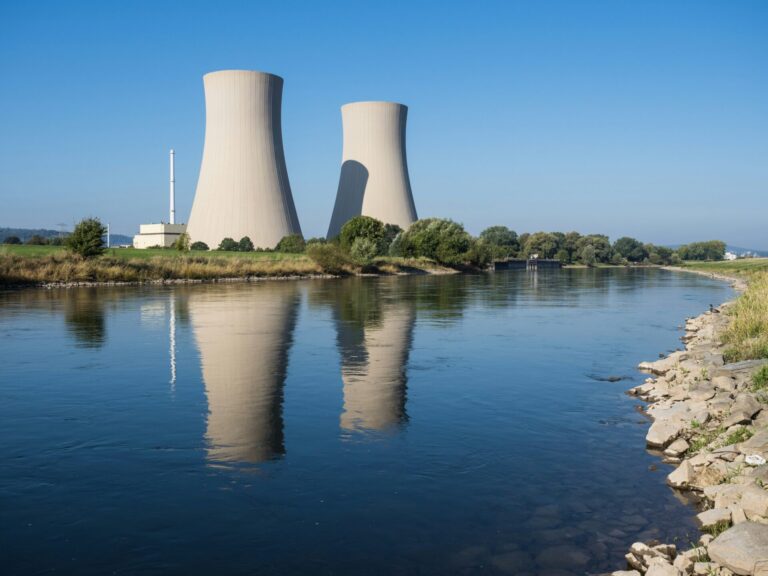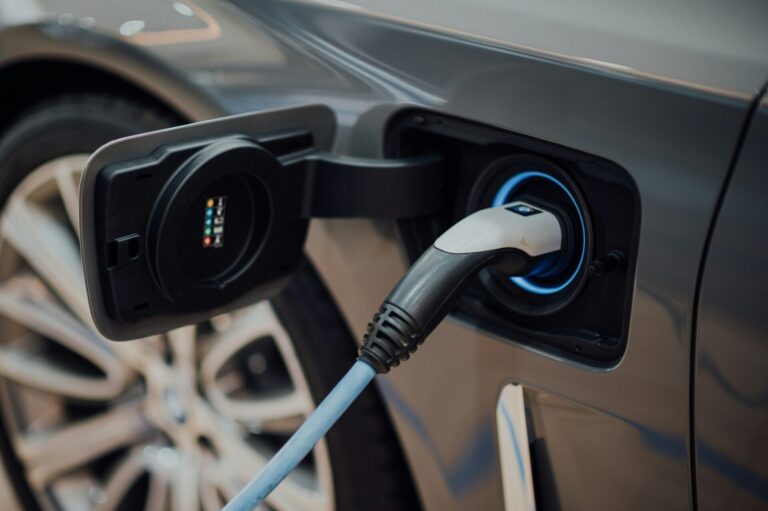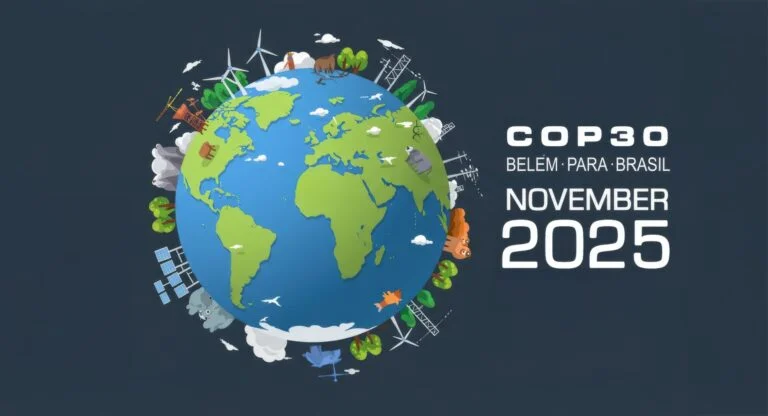Scotland’s energy mix has long been at the forefront of the renewable energy transition, harnessing Scotland’s vast natural resources to drive a cleaner, greener future. In 2023, the country reached a significant milestone, with renewable technologies generating the equivalent of 113% of the nation’s overall electricity consumption. This achievement highlights Scotland’s commitment to reducing reliance on fossil fuels and showcases the potential of renewable energy to power an entire nation.
But how does Scotland’s energy mix look today? And, what are the next steps in its renewable energy journey? In this blog, we’ll explore the current state of Scotland’s energy generation, the role of wind, hydro, and solar power in its grid, and the ambitious plans for the future. With the government setting its sights on net zero by 2045, Scotland is positioning itself as a global leader in sustainable energy. Let’s dive into the details of how the nation is shaping its energy landscape for the decades to come.
How Scotland Redefined Its Energy Mix in 2023.
Scotland’s energy mix in 2023 showcases a strong reliance on renewables while maintaining a diverse range of energy sources to ensure grid stability. Wind power leads the way, with the Whitelee Wind Farm—the largest onshore wind farm in the UK—playing a key role in supplying clean electricity. Hydropower also contributes significantly, with the Lochaber Hydroelectric Scheme standing as one of Scotland’s most notable hydro facilities.
Despite the shift toward renewables, nuclear energy remains a major player, with Torness Nuclear Power Station continuing to provide steady baseload power. Gas-fired generation, though reduced in recent years, is still present, with facilities like Peterhead Power Station, Scotland’s largest gas plant, supporting the grid during peak demand. Additionally, a mix of solar, battery storage, bioenergy, and oil plays a supplementary role, ensuring a resilient energy network.
This combination of power sources highlights Scotland’s progress in reducing fossil fuel dependency while leveraging advanced renewable technologies. As the country pushes forward with its net zero ambitions, the reliance on traditional energy sources is expected to decline further, solidifying Scotland’s position as a leader in sustainable energy.
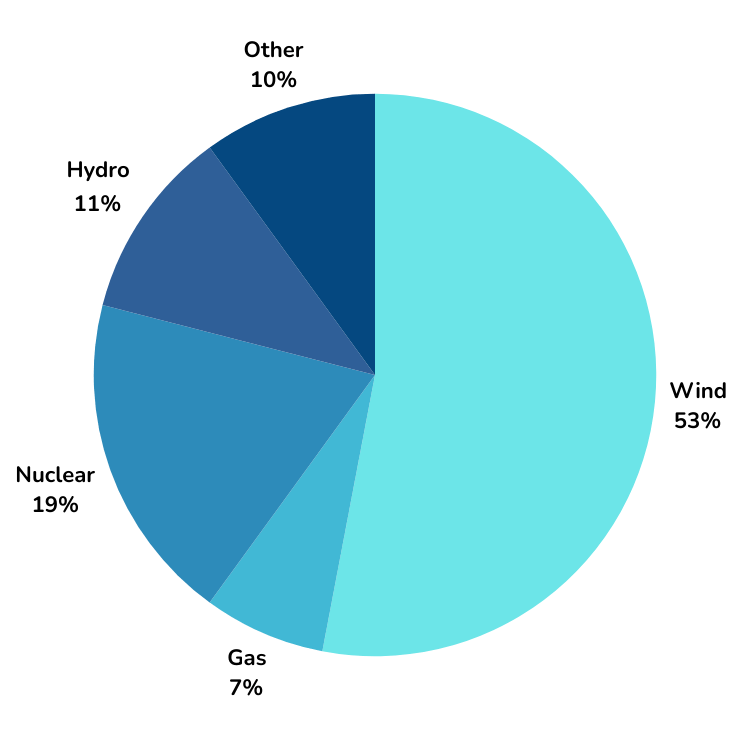
Scotland's £500 Million Renewable Investment
Looking ahead, Scotland is making bold moves to further solidify its position as a global leader in renewable energy. A key focus is the expansion of offshore wind, backed by a £500 million initiative over the next five years to enhance infrastructure and accelerate development. A major milestone in this plan is the construction of the Scapa Deep Water Quay in Orkney, which will provide essential port facilities to support offshore wind projects. This investment aligns with Scotland’s ambitions to increase offshore wind capacity, with several large-scale wind farms, such as Seagreen and Berwick Bank, already in development.
Beyond wind power, Scotland is also exploring green hydrogen production, battery storage advancements, and grid upgrades to enhance energy resilience and maximise renewable integration. With a target of achieving net zero by 2045, the Scottish government is committed to reducing reliance on fossil fuels while ensuring a stable, efficient, and sustainable energy system for the future. These strategic investments not only support Scotland’s climate goals but also position the country as a key player in the global clean energy transition.
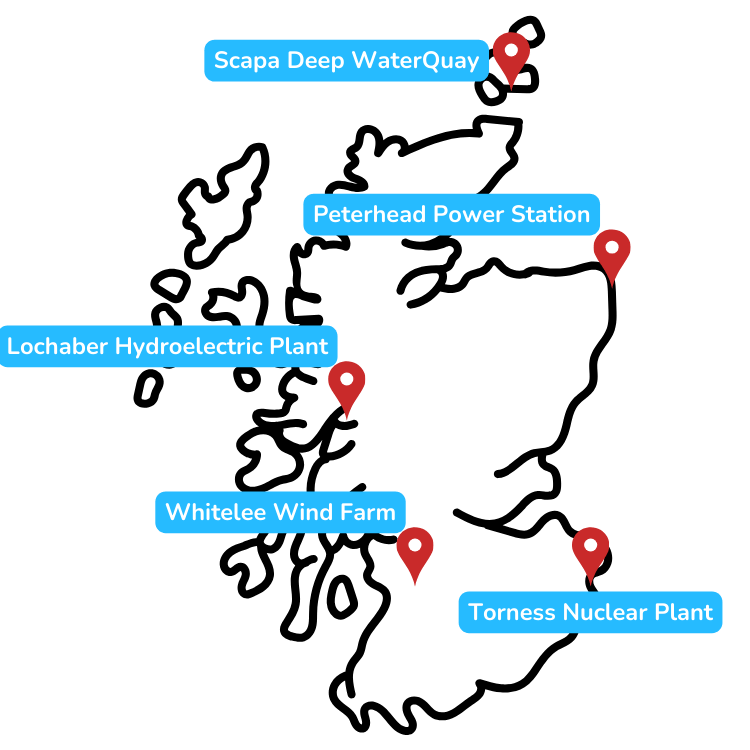
Looking At Scotland’s Energy Future
Scotland has made remarkable progress in its transition to renewable energy, with wind, hydro, and other green technologies now dominating its energy mix. The achievement of generating 113% of its electricity consumption from renewables in 2023 is a testament to the country’s commitment to sustainability. However, the journey doesn’t stop here.
With ongoing investments in offshore wind, hydrogen production, and energy storage, Scotland is laying the groundwork for an even greener future. The £500 million offshore wind initiative and infrastructure projects like Scapa Deep Water Quay will play a crucial role in scaling up renewable capacity and securing long-term energy independence.
As Scotland works toward its 2045 net zero target, businesses and policymakers must continue to innovate and invest in sustainable solutions. By embracing cutting-edge renewable technologies and enhancing grid infrastructure, Scotland is not only ensuring a cleaner future for its citizens but also positioning itself as a global leader in the transition to a low-carbon economy.
The road ahead is ambitious, but Scotland’s commitment to renewable energy proves that a sustainable, reliable, and net-zero future is within reach. 🌍⚡



